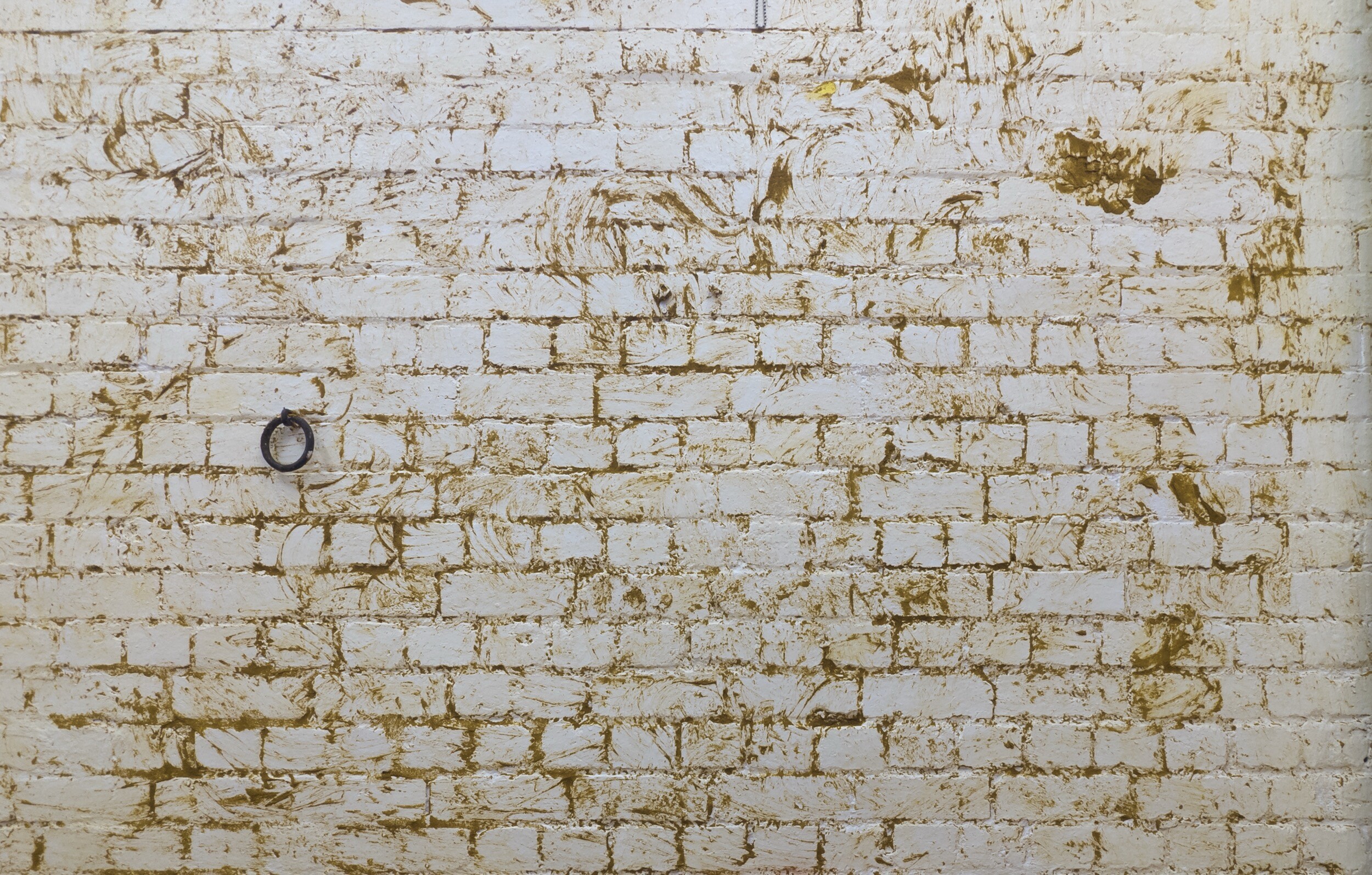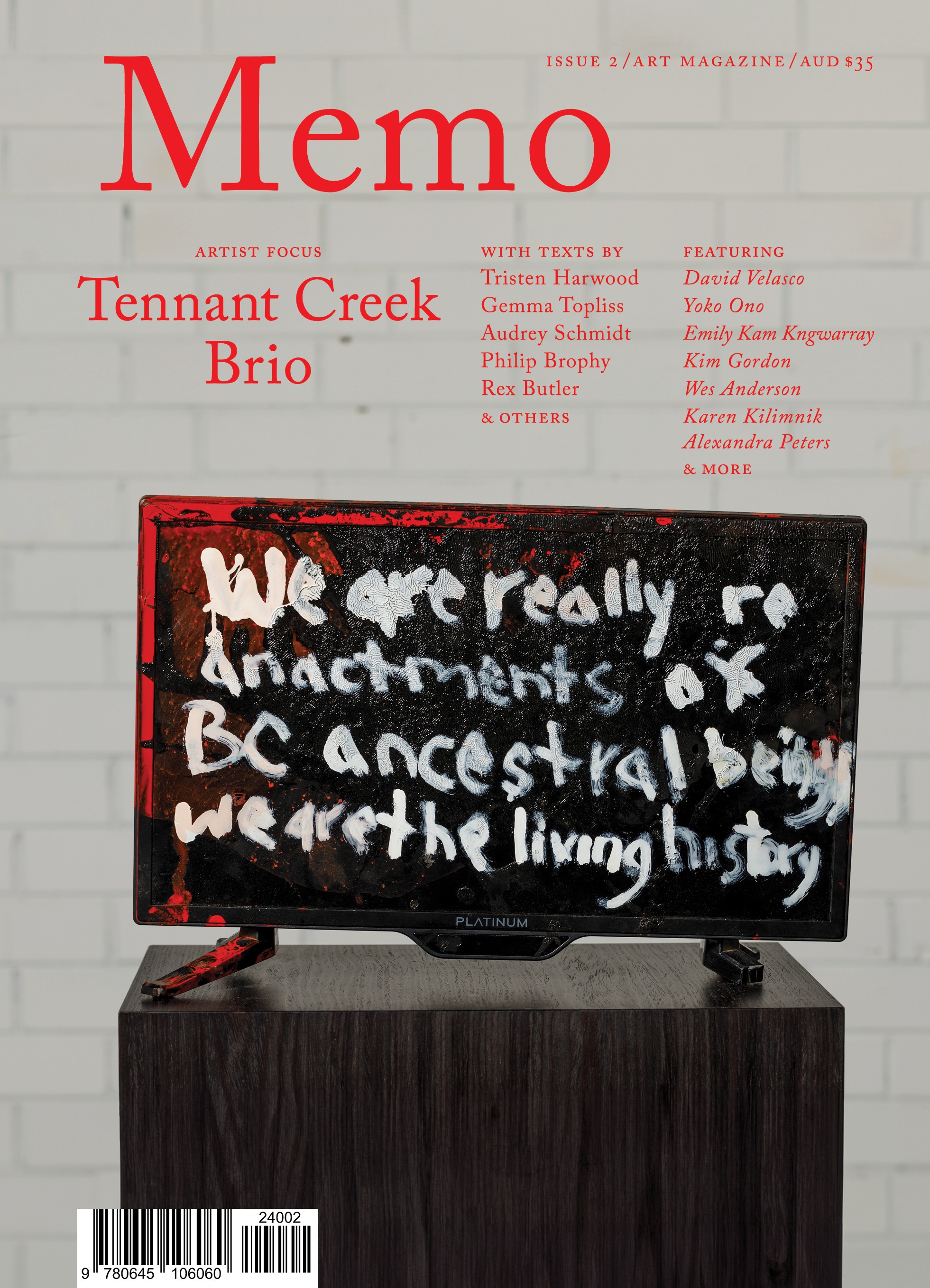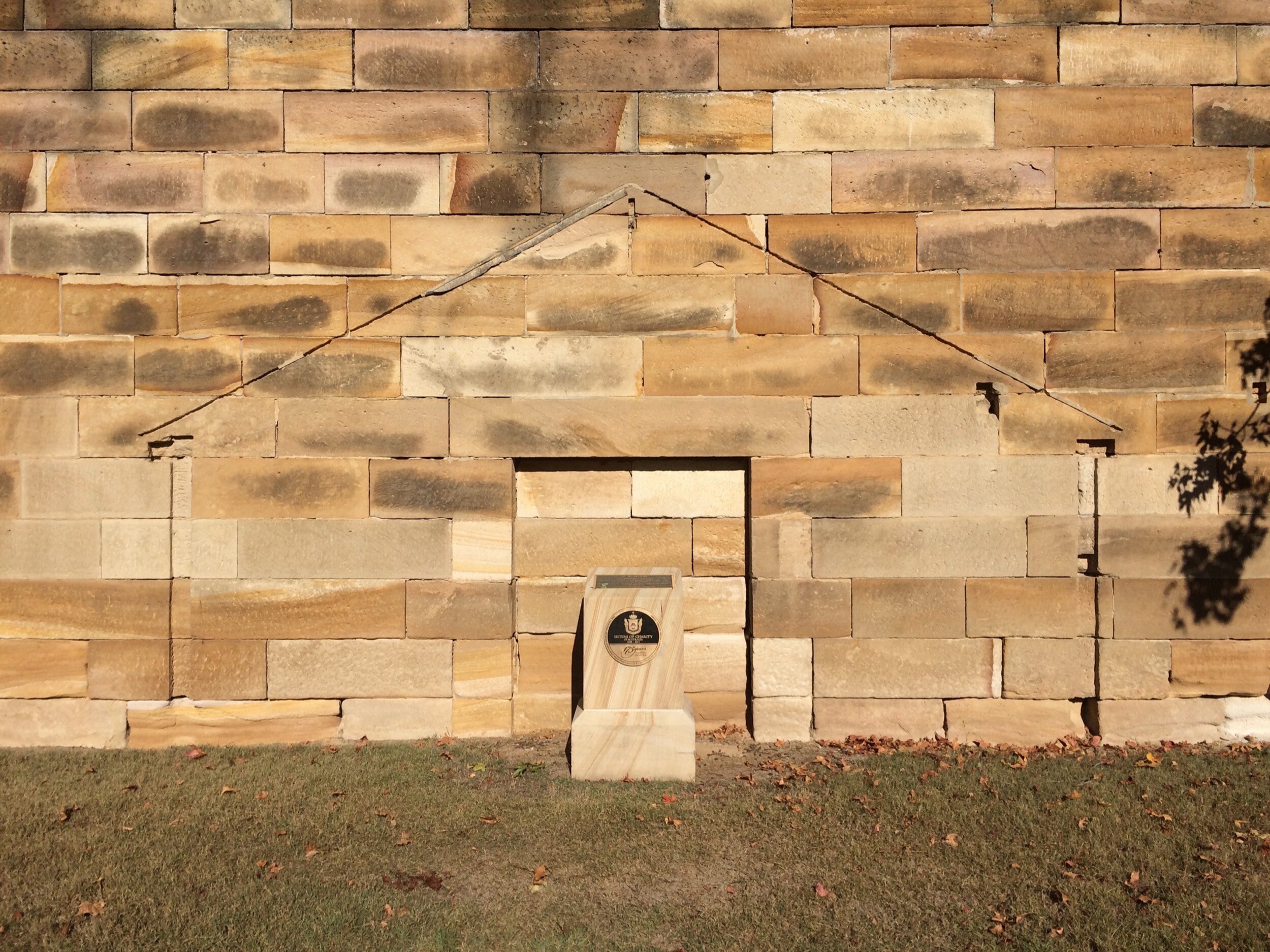Charles Bush’s Donald Duck: Pop Art’s Canary
Before pop, before Warhol, before Hamilton—there was Donald Duck. In a wartime outpost in Papua, Charles Bush painted an eerily prescient vision of mass media’s encroachment. A symptom, not an agent, of pop’s first age, Bush’s work sits uneasily in art history’s timeline.
It’s 1944. Port Moresby, the Territory of Papua. Weary soldiers assemble in shaggy strokes of brown and green transfixed by the glowing screen spilling white light across their slouch hats and stiff shoulders. Their attention is locked on a towering image of Donald Duck. His outlines are clean, his colours unmixed scrappy blocks of sky blue, white, red, and yellow. Unlike the soldiers who are all murky paint daubs and mottled tones, Donald cuts through the open-air night. Crisp. Bright.
Exclusive to the Magazine
Charles Bush’s Donald Duck: Pop Art’s Canary by Jarrod Zlatic is featured in full in Issue 2 of Memo magazine.
Get your hands on the print edition through our online shop or save up to 20% and get free domestic shipping with a subscription.
Related
Hollywood thinks it’s exposing the art world’s grift, but it’s just another con. From Velvet Buzzsaw to Picasso Baby, cinema keeps repackaging conceptual cringe as critique—while artists play along. If contemporary art is now just another film genre, it’s a bad one.



